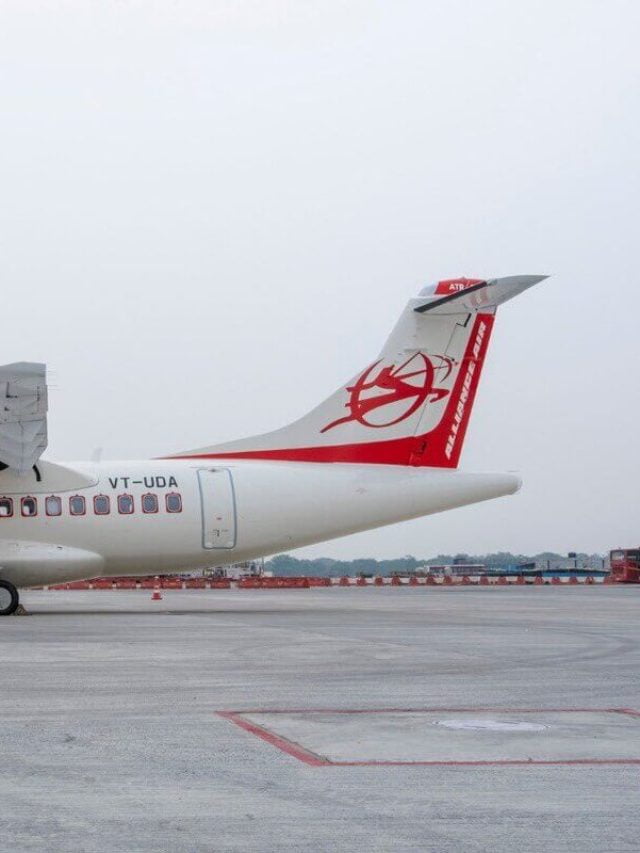
The Elbit defence contractor’s StarLiner drone received certification from the Israel Transportation Ministry to operate over civilian airspace. Through the step, Israel became the first country in the world to do so. Israel’s Civil Aviation Authority provided the approval after six years of evaluation period, which ended in December. However, the company announced the regulatory change only last week.
“We are proud to issue the Type Certificate to the Hermes Starliner Unmanned Aircraft System (UAS), providing approval for the drone to fly in civilian airspace as any other civil aircraft. As far as CAAI is aware, this is a world-first,” Joel Feldschuh, the head of Israel’s Civil Aviation Authority, revealed in a statement issued by Elbit.
The majority of currently available UASs do not have the sensors to operate in civilian airspace without causing interruptions with the other aircraft. As a result, various countries have passed legislation prohibiting powerful drones from flying in the civilian airspace.
Elbit StarLiner Drone Collects Data for Security
Elbit’s StarLiner drone is a new, altered version of its Hermes 900 drone used by worldwide militaries. It was modified to meet civil aviation requirements by adding sensors to identify other aircraft and avoid collisions. It comes with an additional warning system to prevent it from approaching or crashing into the ground. It also has autonomous take-off and landing systems in low-visibility conditions and other changes.
The StarLiner is designed to enable governments and security services to collect intelligence domestically — both for internal security and to track the local environment and climate change — in places where drones are now prohibited from flying. To say, during the 2014 World Cup in Brazil, a non-modified Hermes 900 was utilised to offer additional security, and the remaining of the airspace where it was operating had to be cleared of traffic.
“The approval granted to a UAS to fly above populated areas and in any civilian airspace enables governments as well as international and commercial organisations to incorporate large, long-endurance unmanned aircraft in missions that until now were only performed by human-crewed aircraft,” Elbit said in its statement.
Although the certification will only apply to Israeli airspace, it is likely to improve international adoption. Minister of Transportation Merav Michaeli, whose office certified the drone, praised the initiative, calling it a “breakthrough” that will help the public in the long run.








